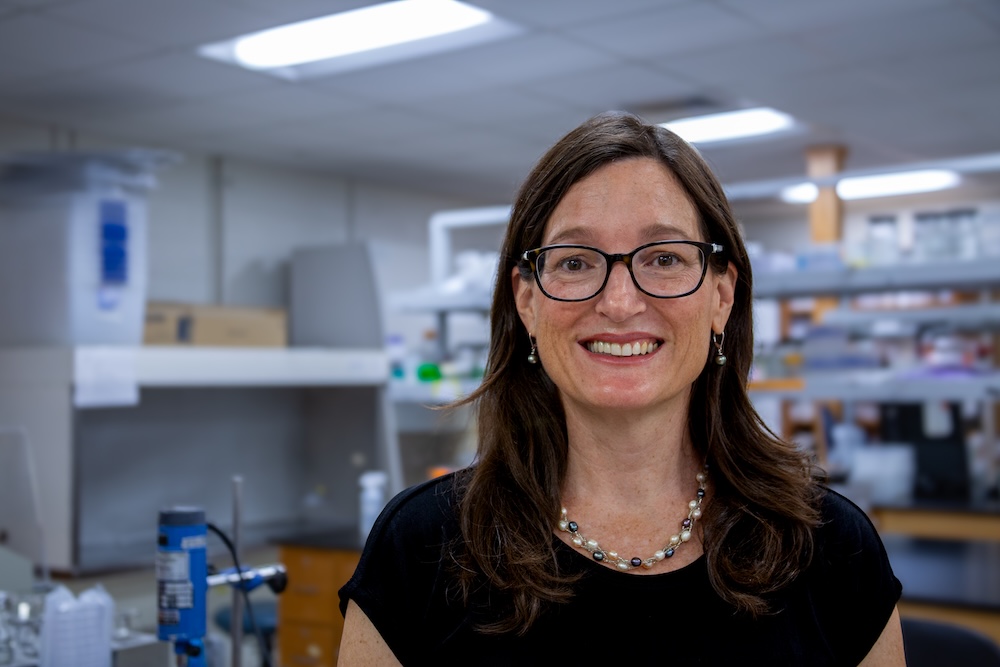Vision problems may be a sign of advancing years. But your eyesight need not dim as the candles on your birthday cake get brighter. Sometimes it's just a matter of taste.
The American Foundation for the Blind says almost everyone over 65 suffers some degree of vision loss.
"But a healthy diet that tastes good can help preserve your eyesight," says Gail Hanula. She's a nutrition and health specialist with the University of Georgia Extension Service.
You know you need to eat your carrots because they are good for your eyes. But why?
The vitamin A value of carrots has long been known, Hanula says. The first sign of vitamin A deficiency can be night blindness, the inability to see in dim light or adapt to darkness.
"Our food supply in the United States is rich in vitamin A," she says. "You can find it in animal foods, such as liver and milk fat. Dark yellow and leafy green vegetables contain betacarotene. The body can convert this to vitamin A. And many foods, such as nonfat dairy products, are fortified with vitamin A."
The most common U.S. causes of blindness are cataracts and macular degeneration, Hanula says. About 18 percent of 65- to 74-year-olds and 46 percent of those over 75 have cataracts.
Macular degeneration, the breakdown of a tiny part of the eye vital to keen vision, affects about 25 percent of Americans over 65.
"Scientists are studying the role of antioxidants in the diet, including vitamin C, vitamin E and carotenoids," Hanula says. "Oxidative damage from the sun can lead to both of these conditions."
Vitamin C seems to reduce cataract risk the most. Vitamin E may also play a role.
"A large clinical study reported that multivitamin supplements decreased one common type of cataract by 35 percent in those 65-74 years old," Hanula says. "But vitamin supplements cannot replace all of the substances found in food."
Betacarotene is only one of many carotenoids found in food. Two others -- lutein and zeaxanthin -- are known to lower the risk of macular degeneration.
"In one study," Hanula says, "those with the highest carotenoid intake had 43 percent lower risk for macular degeneration. Those with the highest intake of lutein and zeaxanthin had 57 percent less risk."
Collard, turnip and mustard greens are rich in these two carotenoids, she says.
Eating your fruits and vegetables can offer a big payback. Studies have shown up to a fivefold decrease in cataract risk for people who eat three and a half servings a day of fruits and vegetables.
"But only one in three American adults, and one in five children, actually eat this many servings," Hanula says.
In the 1994 Nationwide Survey of What and Where Our Children Eat, seven of 10 children under age 5 ate some fruit or fruit juice on any one day. But eating fruit declines as children get older. And fewer than 16 percent reported eating the nutrient-packed dark green or deep yellow vegetables.
"Eat a variety of fruits and vegetables -- at least five servings a day," Hanula says. "It's the best way to make sure your body gets all the nutrients it needs for good health, including good vision."
To learn more about good nutrition, call your county Extension Service agent.






